One of the silver linings in the otherwise tragic demise of Australian full-vehicle manufacturing as 2017 drew to a close was that buyers would enjoy greater choice moving forward.
Ford and Holden, especially, were talking up the potential of a broader range of new models that were to be imported, now that there was no longer a need to protect the local car industry.
That’s why, for example, Australians missed out on the Ford S-Max – a European Mondeo-based people mover that garnered rave reviews during the latter 2000s and early 2010s, but was bypassed locally for fear that it would harm sales of the Broadmeadows-built Territory SUV.
The question is: five-years on, do buyers now get to experience a wider array of models from the makes that actually used to make cars here, now that there is no manufacturing or jobs to defend?
To find out, we compare the Toyota, Holden and Ford choice in 2022 compared to back in 2017.
Toyota
.jpg)
In 2017, Toyota was winding down the manufacturing of the Camry and its V6-powered Aurion offshoot in Altona, but it was also importing 17 separate other models, to offer more choice than any other brand (before and since).
Let’s list all 19 of them: Yaris, Prius C, Corolla, Prius, Prius V, Camry, Aurion, Tarago, 86, C-HR, RAV4, FJ Cruiser, Kluger, Fortuner, Prado, LandCruiser 70 Series, LandCruiser 200, HiAce, HiLux.
.jpg)
By the end of 2022, we had lost six (Aurion, Prius C, Prius, Prius V, Tarago and FJ Cruiser), but gained the Yaris Cross, Corolla Cross, Granvia and Supra, as well as the GR Yaris coupe, as well as a much broader rollout of hybrids in almost every non-commercial model range.
Result? On balance, Toyota delivers significantly more choice today than it did before, and is set to extend that further next year with the release of the long-awaited Tundra full-sized truck, as well as the bZ4X EV.
Toyota isn’t number one in Australia for nothing. It understands that consumers love choice.
Holden
.jpeg)
Even in the second half of 2017, there were 11 separate Holden model lines, ascending from Spark, Barina, Astra, Malibu, Commodore and Caprice in passenger cars, to Trax, Captiva and Trailblazer in SUVs, with the Commodore-based ute and Colorado commercial vehicles rounding the range out.
And that’s not including the HSV versions of the Australian-made VF-based models.
Obviously, Holden no longer exists, but by the beginning of 2020 and the end of Holden, with the imported ZB Commodore line already axed, that choice had dwindled down to just Trax, Astra, Equinox SUV, Acadia SUV, Colorado and Trailblazer. Six, down from 11.

So, there was definitely less choice from General Motors as it wound-down Holden.
Today’s GMSV operations that is the remnant of Holden, importing six-figure left-hand-drive Chevrolet Silverado trucks for conversion in Melbourne, as well as the factory right-hand drive Corvette sports car, underlines the fact that GM has been in contraction for over half a century now.
We hope its bold new electrification vision works out and that a new generation of GM EVs find their way in Australia.
Ford

There’s something particularly heartbreaking and yet simultaneously frustrating in the way Ford Australia goes about its business here.
In 2017, though it had already finished production of the one-time-best-selling Falcon large car, as well as what was Australia’s only ever truly locally made SUV – the Territory – the year before, there was still new stock of both in dealers, so we’re including them.
Other Blue Oval beauties included the Fiesta, Focus and Mondeo light, small and medium sizes from Europe (with some via Thailand), as well as the Mustang, while on the SUV front the EcoSport, Escape and Everest came into play, backed up by two distinct Transit vans and the evergreen Ranger ute.
.jpg)
We’ve tallied 12 separate Fords available for Australian buyers to choose from during 2017.
Fast forward to 2022, and the ranks have been decimated, leaving only Mustang in the passenger car field, followed by the Puma (in place of EcoSport), Escape, Everest, the Transit twins and Ranger. Seven models only. At least the F-150’s coming next year.
Adding insult to injury for fans of the brand, there’s a slew of new and interesting models that Ford won't import to Australia, including the Maverick car-based ute, Bronco Sport SUV, Explorer SUV and Mustang Mach-E electric crossover.
.jpg)
It’s been suggested that the Bronco (minus the Sport suffix) – developed in Australia as it is based on the T6 Ranger’s platform – was sidestepped here in order to protect Everest sales since they’re related SUVs.
Using that logic, it’s like Toyota dropping Prado in order to protect Kluger sales. Even though they’re both seven-seater SUVs, both appeal to very different clientele and together hold down the number one and number two sales slots respectively in the same large-SUV category in VFACTS.
We’re hopeful Ford will start replenishing its model range as electrified models appear, with some EVs already confirmed over the next two years.
But, overall, only Toyota has maintained the promise of greater choice for consumers following the shutdown of Australian vehicle manufacturing.
With fewer Fords and no more Holdens to buy, no wonder we’ve seen the inexorable rise of new brands, from BYD and Cupra to Polestar and Tesla.




.jpg)







.jpg)
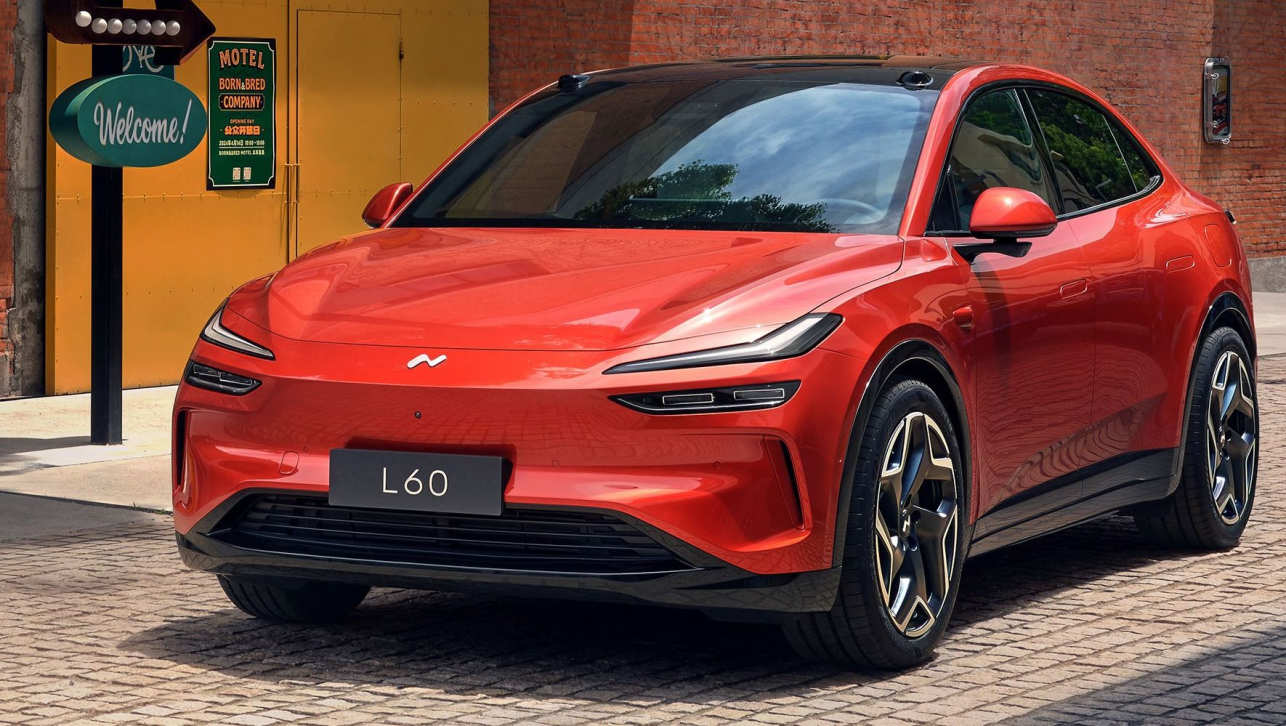
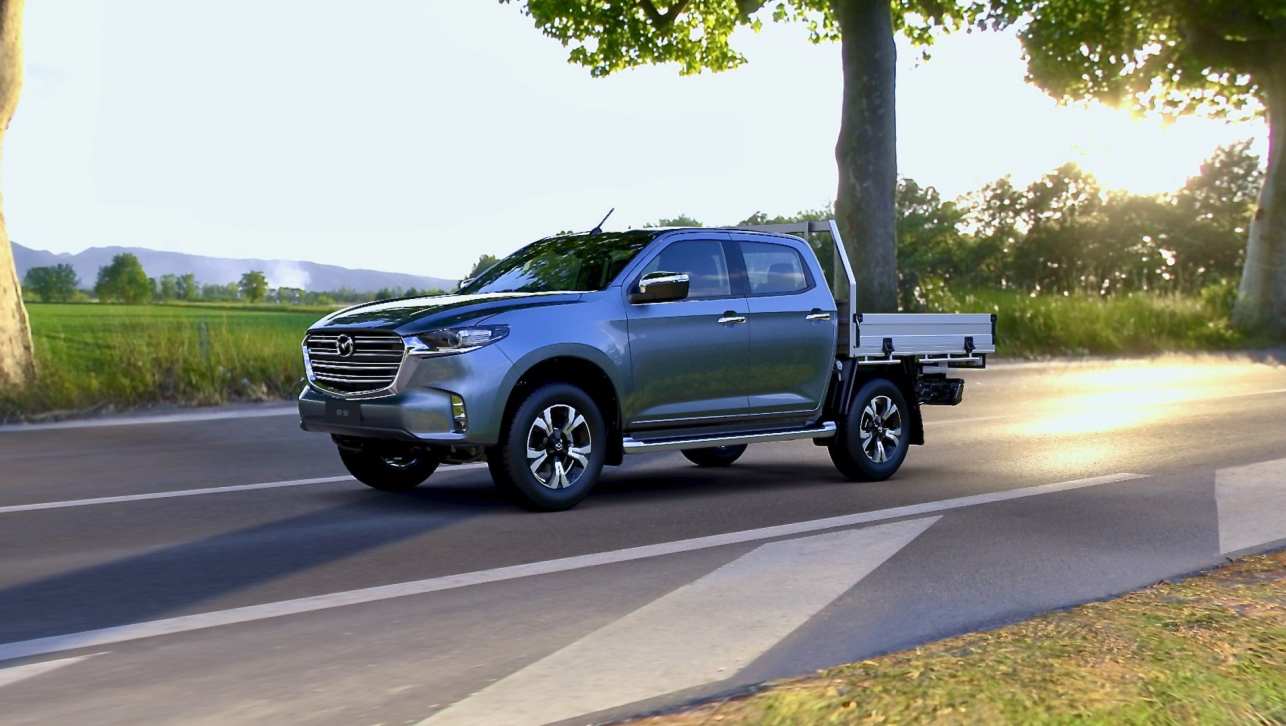
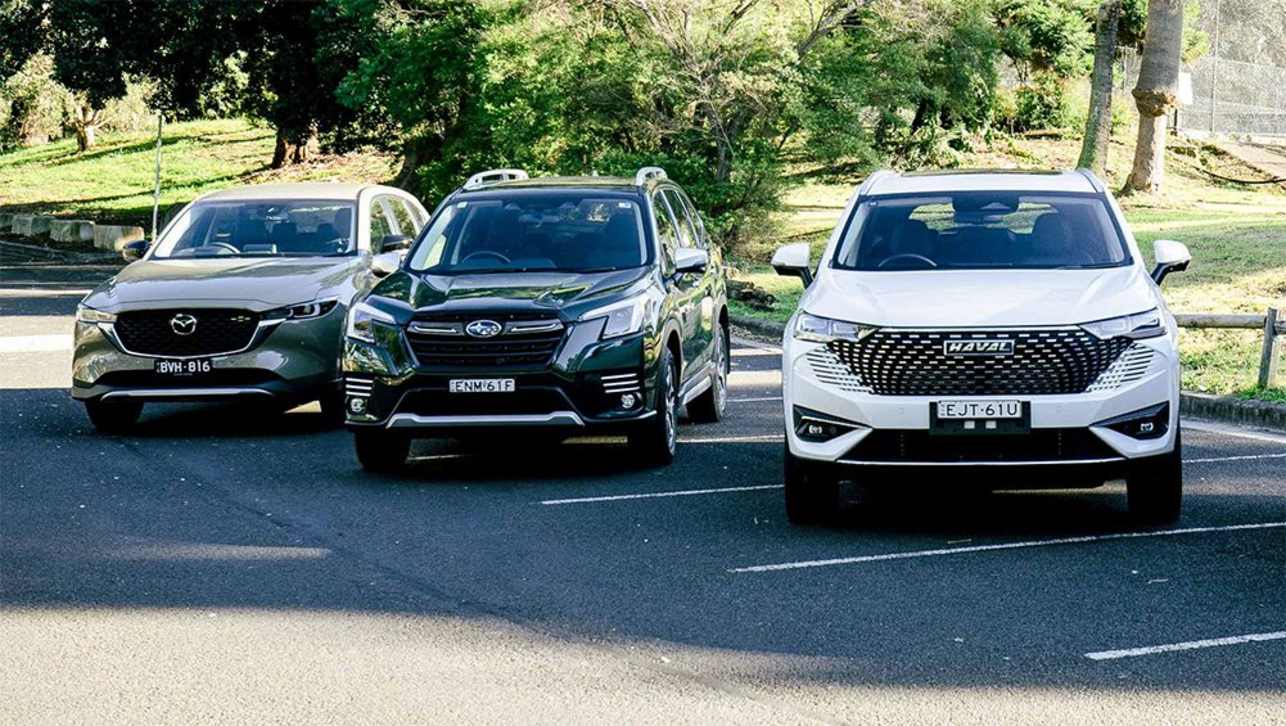
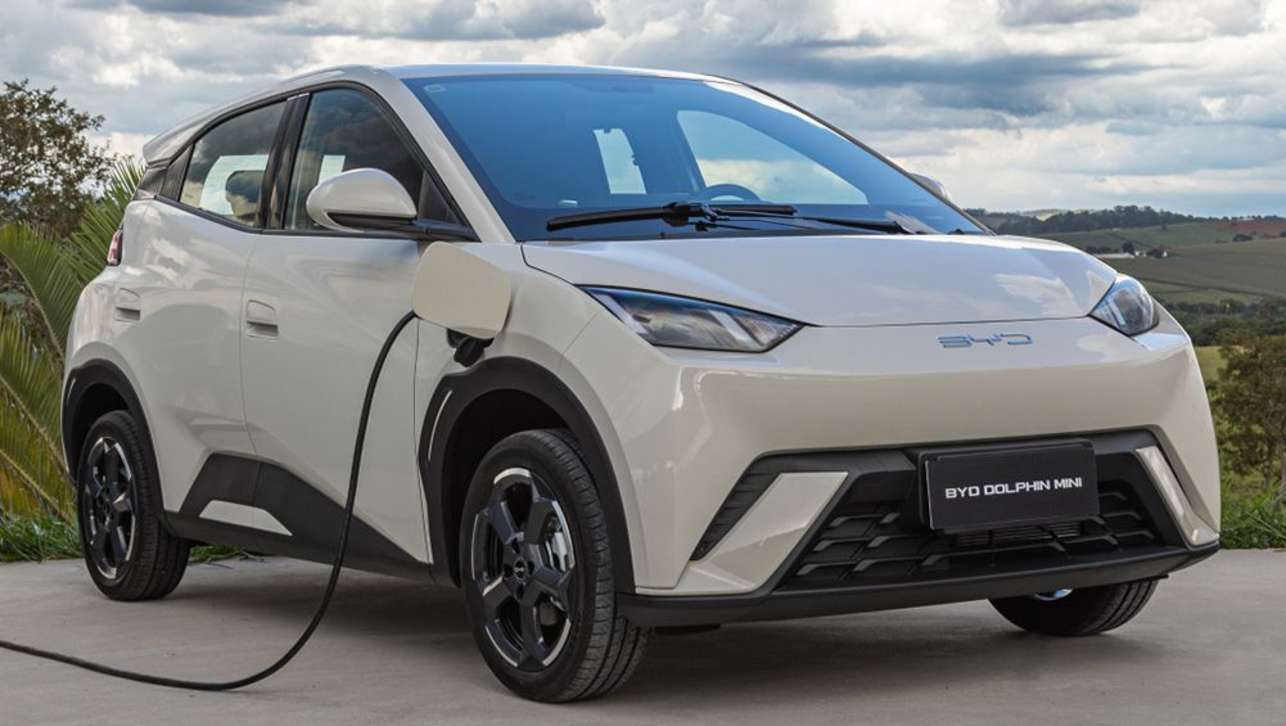
.jpg)


.jpg)
.jpg)
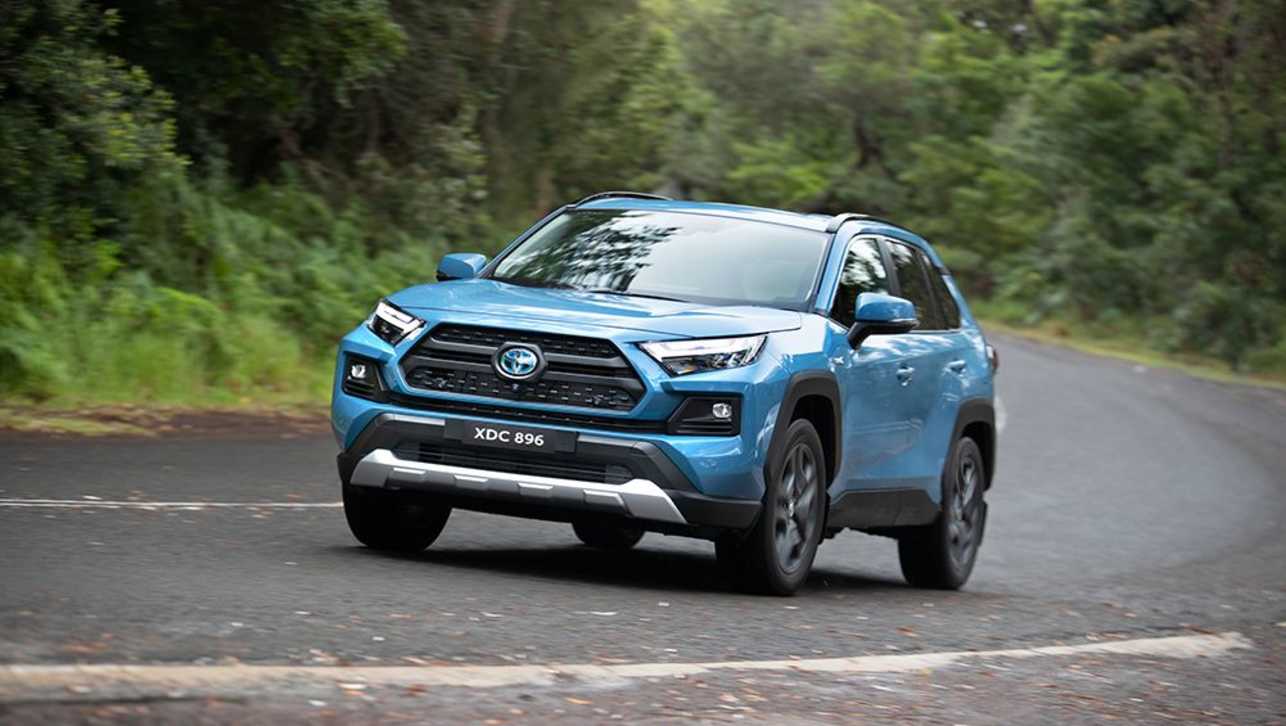
.jpg)
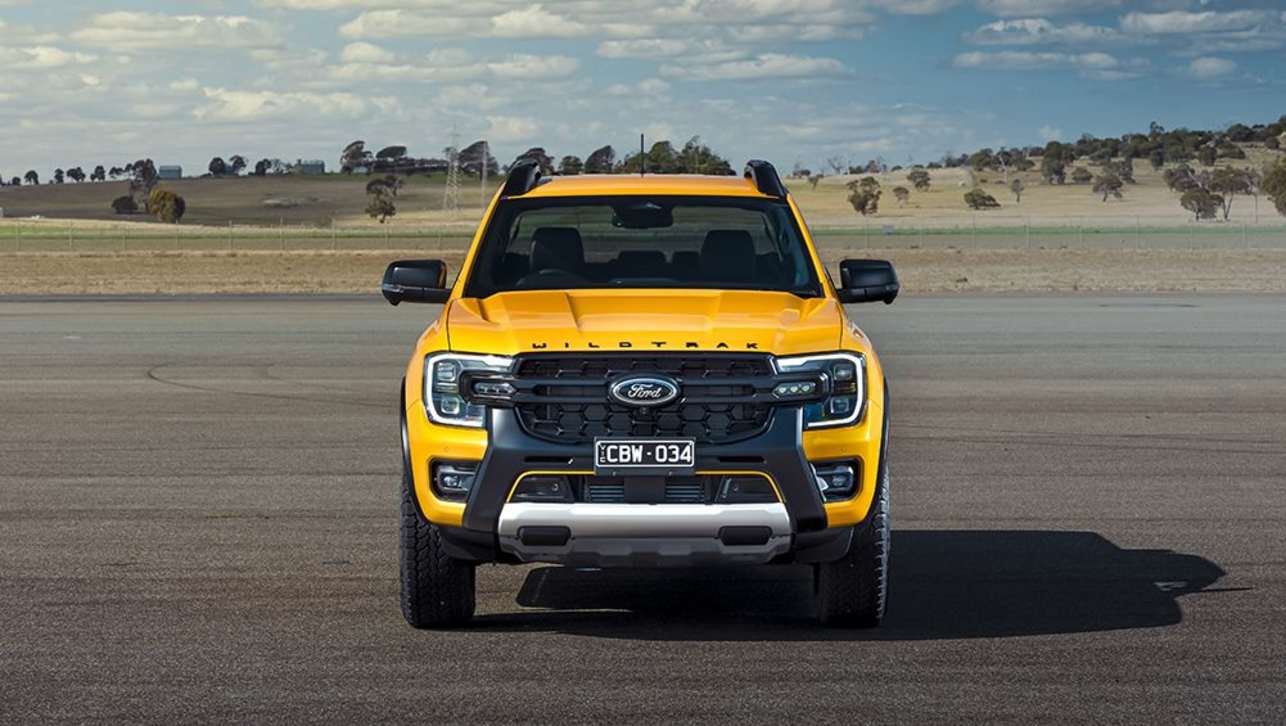
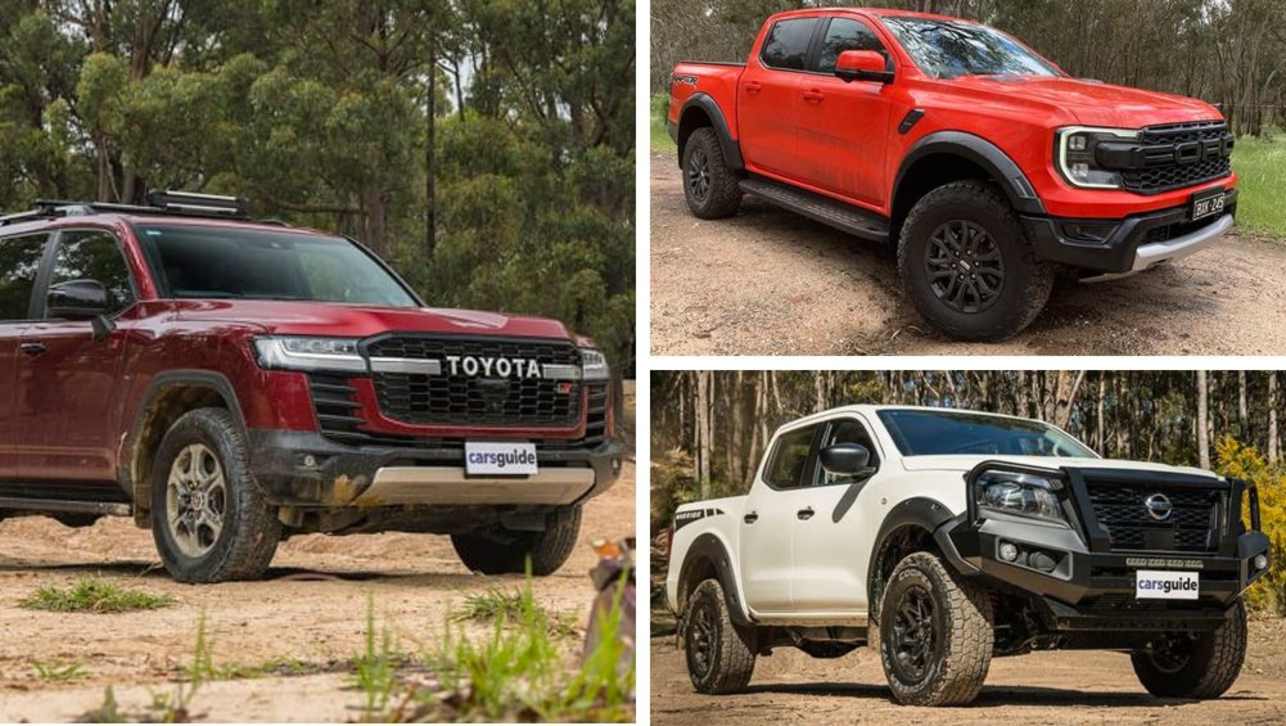
.jpg)

.jpg)


Comments